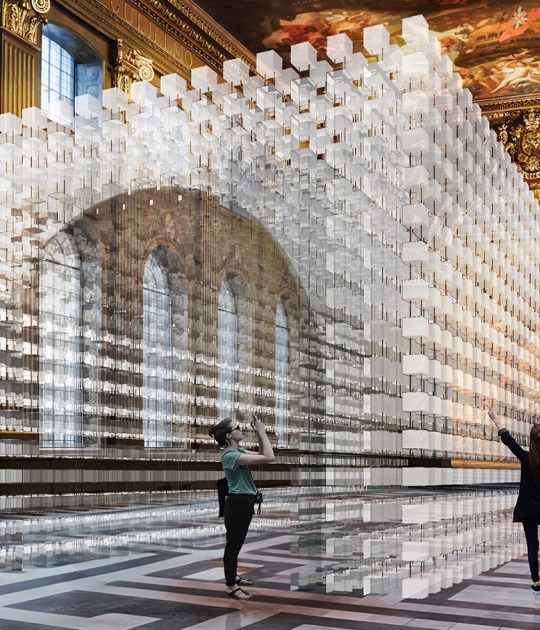The city of Arles is located in the French region of Provence-Alpes-Côte d'Azur, in the Mediterranean south of France, between two nature reserves, the Camargue wetlands, and the Alpilles mountain range. Arles became a UNESCO World Heritage Site in 1981, incorporating its Roman and Romanesque heritage, including the monumental Amphitheatre d'Arles, the Alyscamps, and the ancient theatre.
The 27-acre creative campus in the Parc des Ateliers in the city of Arles, which will bring together artists and innovators of the future, is scheduled to open on 26 June 2021.
At the heart of the site is a spectacular 15,000 square meter tower by architect Frank Gehry. The tower is planned as an organic geometric structure finished with 11,000 stainless steel panels.
The project will house exhibition galleries, a café, art galleries, workshop and seminar rooms, project spaces, and the research and archive facilities of LUMA, an association led by Maja Hoffmann.
The new buildings in the Arles complex are surrounded and sheltered by the former railway warehouses on the site, which have been renovated and converted into exhibition halls. The campus also houses seven former railway factories, four of which have been renovated by Selldorf Architects as exhibition and performance spaces.
The surrounding gardens and public parks have been designed by landscape architect Bas Smets.
Alongside the construction and renovation works for the campus, the ongoing exhibitions and living archive program, The Library is on Fire, Offprint, LUMA Atelier, and LUMA Days, the residencies and the first steps to define the LUMA Winterschool have, over the last 10 years, been the continuation of a more relevant and current vision in the contemporary world.
The LUMA Foundation, established in 2004, focuses on the direct relationships between art, culture, environmental issues, human rights, education, and research. It is dedicated to providing artists with opportunities to experiment in the production of new works, in close collaboration with other artists from various disciplines, with curators, and with diverse audiences.
From 2008 to 2020, the development of the creative campus in Arles has been led by Maja Hoffmann, working with a small dedicated team and with the collective input of a core group of advisors (Tom Eccles, Liam Gillick, Hans Ulrich Obrist, Philippe Parreno, and Beatrix Ruf).












































































